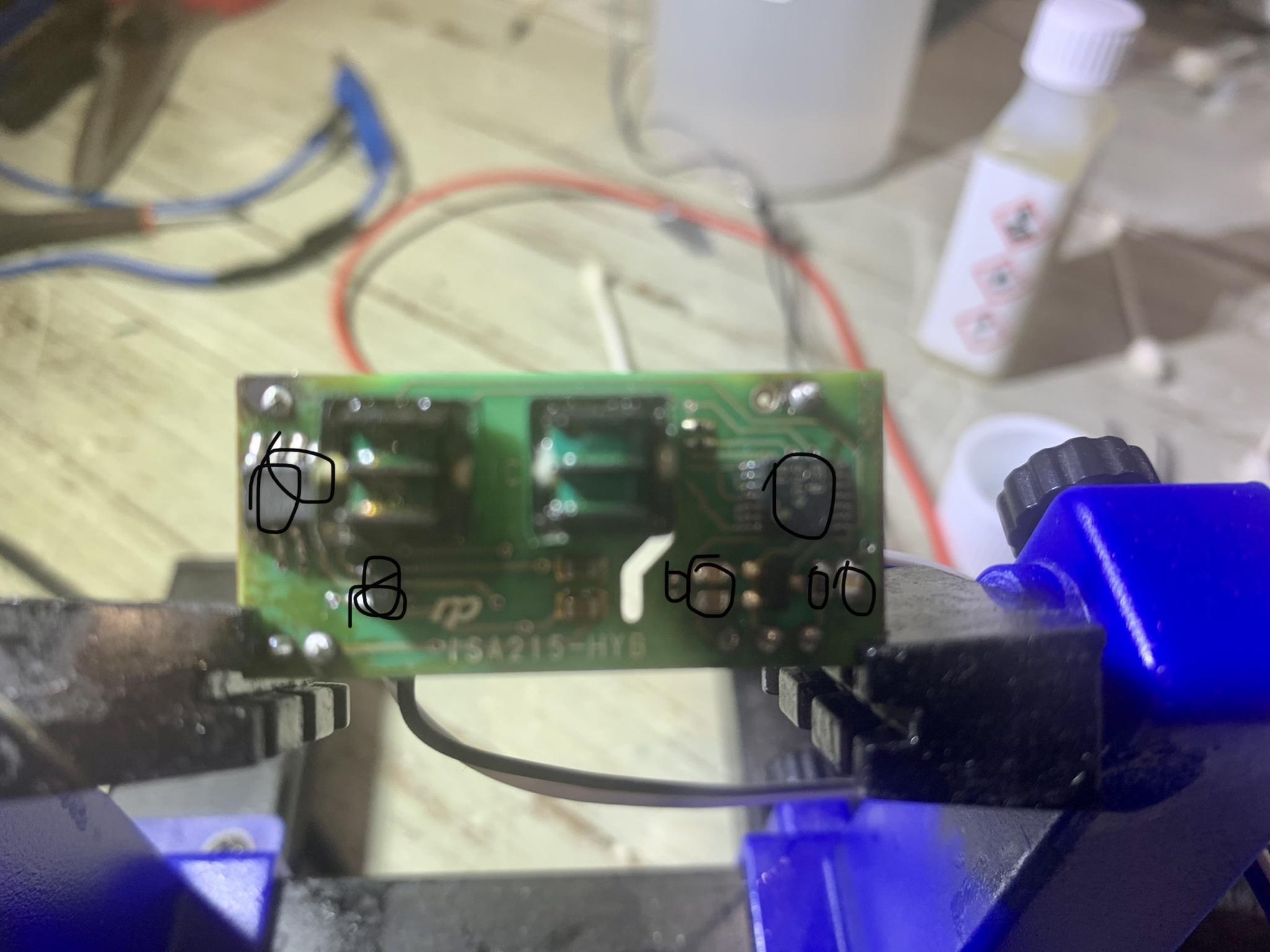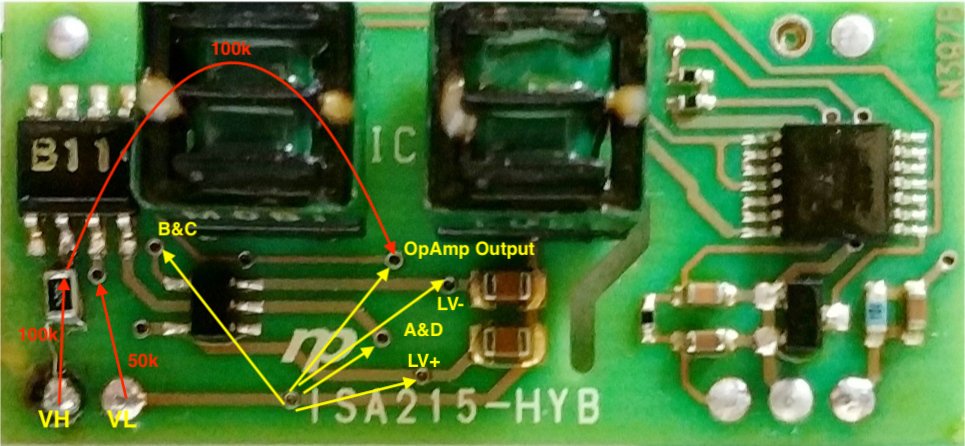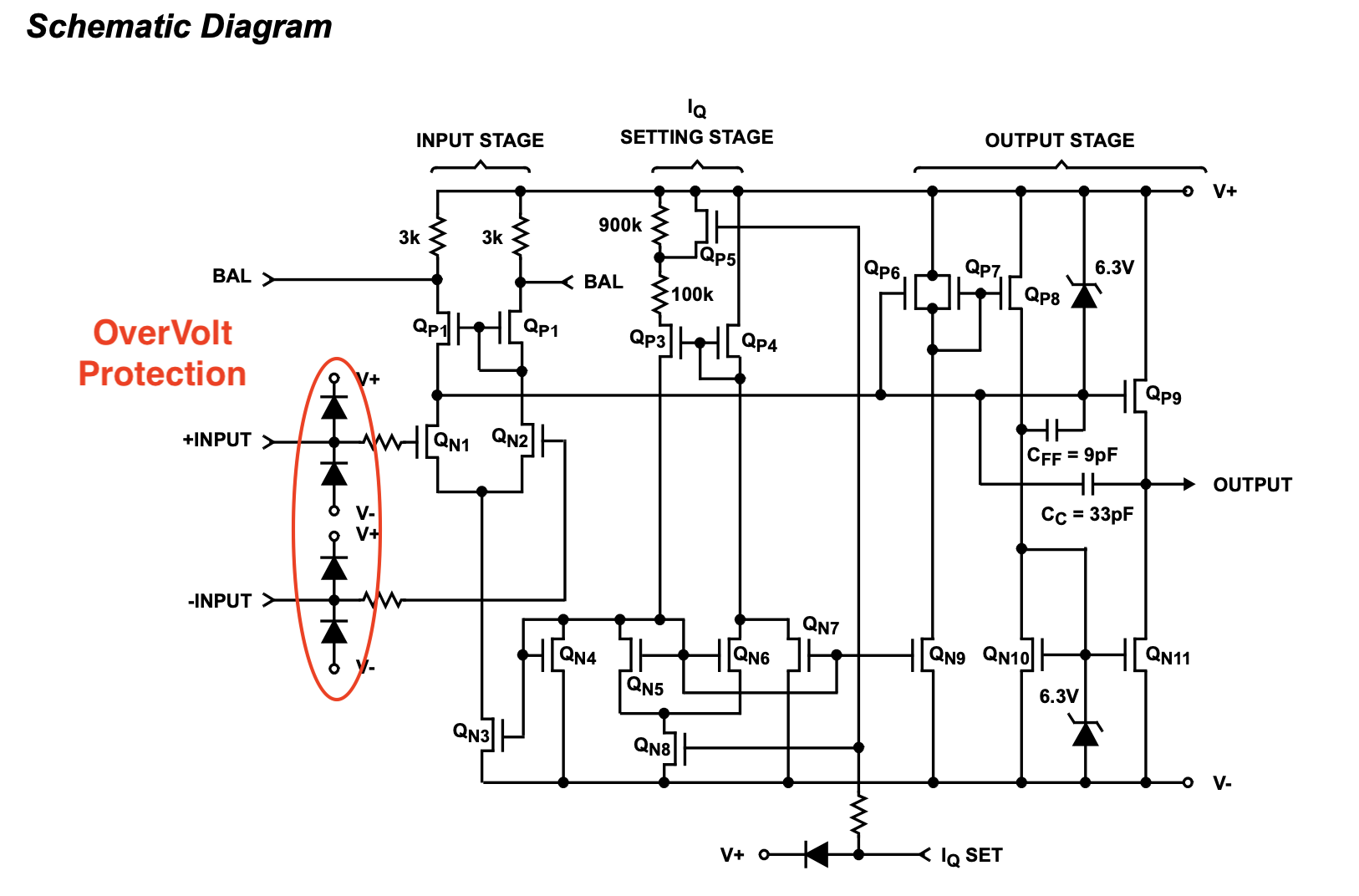kiev
Well-known member
[edit]
removed a bunch of false assumptions
removed a bunch of false assumptions

But the easiest thing may be to just replace the caps, all the caps involved in this circuit both on the control board and on the hybrid board


Sure.boothegermanshepherd said:There are thousands of op amps!
I usually find Digi-key's parameteric search to be the best, but in this case, not so much. I specified one channel, a few package options that include 8-SOIC. Alas, input range can't be specified, and even rail voltages are stupid and unusable.How do we round down any suitable, this is a little over my head but willing to learn….
boothegermanshepherd said:...
These results are with no 12v supply? Was a 12v supply required to do this test?

Enter your email address to join: